The Telegraph and Stock Exchanges
In the 1830s, New York, Philadelphia, and Boston each had a stock exchange. These were the New York Stock Exchange (NYSE), Philadelphia Stock Exchange, and Boston Stock Exchange. As there was no reliable means of communicating between these cities in real time, each exchange served its local market. The 1840s brought an innovation in communications technology: the telegraph, which, in time, brought these exchanges into competition with each other. Three previously independent stock markets became, in effect, a single market. If a security was listed on more than one exchange, potential buyers and sellers could choose the exchange on which to execute a trade in this security. This book closely analyzes this competition. The NYSE emerged as the winner of this competition. It became the place to trade securities that evoked regional and eventually national interest, while the Boston and Philadelphia exchanges remained regional exchanges. This book explores when and why this happened. This analysis is applied to the competition between (i) stock exchanges today; (ii) taxi ride-booking services such as Uber and Ola; (iii) restaurant to home, food delivery services, such a Zomato and Swiggy; and (iv) doorstep delivery services, such as Blinkit and Zepto.
Looking for a high-quality, original digital edition of
The Telegraph and Stock Exchanges
? This official electronic version is published by
Palgrave Macmillan
and offers a seamless reading experience, perfect for professionals, students, and enthusiasts in
Economy.
Unlike EPUB files, this is the authentic digital edition with complete formatting, images, and original content as intended by the author .
Enjoy the convenience of digital reading without compromising on quality. Order The Telegraph and Stock Exchanges today and get instant access to this essential book!

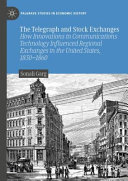
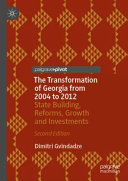

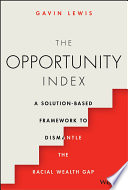

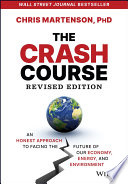


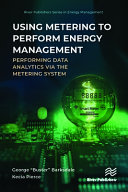
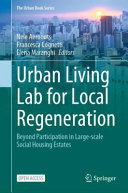

0 Comments